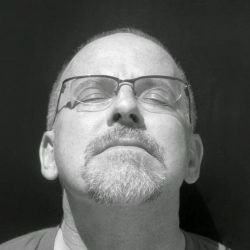Fashion photography is a fun and exciting “next step” as you begin to explore the hobby of photography. Since we are all bombarded on a daily basis with fashion imagery, it seems likely that we could all be called an expert; Right?
This is an important statement on fashion photography that you must firmly plant in your mind- Fashion photography is NOT a portrait.
"Fashion photography is NOT a portrait."
You can’t slap some earrings, clothes and make-up on a young woman and then take her picture and call it a fashion photograph: at least not a good one.
If you truly want to attempt fashion photography, your photograph should focus on at least one of these five elements: clothes, shoes, accessories, cosmetics, or hair.
Believe it or not, historians believe that fashion photography dates all the way back to the 1850s. But, it wasn’t until the 20th century that advances in the halftone process pushed fashion photography into becoming an industry.
This process occurred through the huge success of magazines like Vogue and Condé Nast.
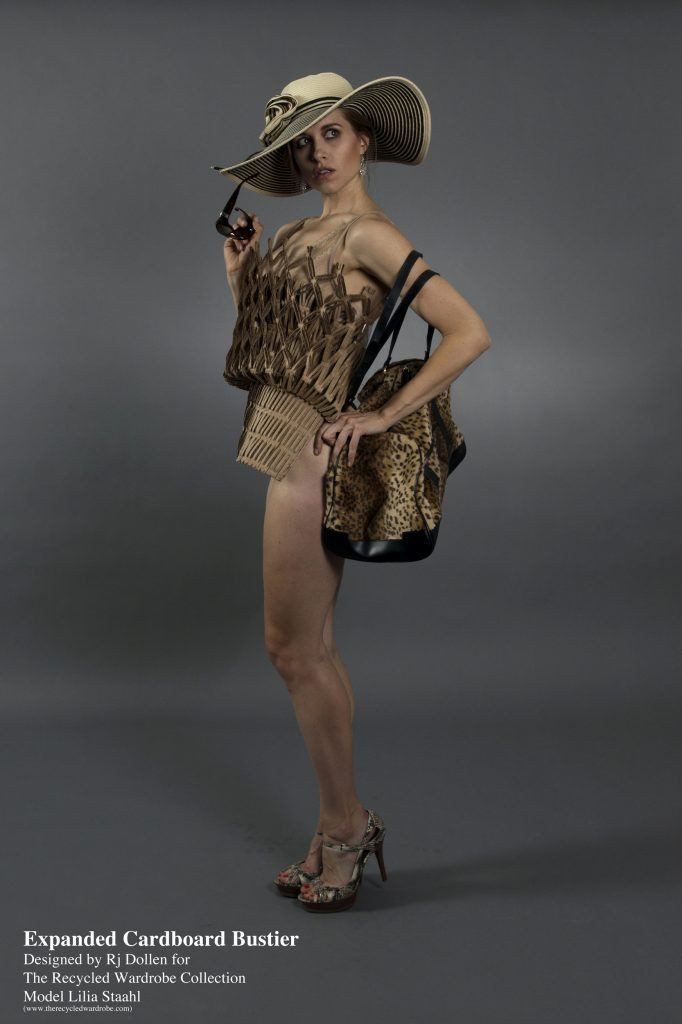
Photo by Dollen
Since you’re reading a beginner’s guide, we’re going to give you the basic information that you need to step forward in this exciting area of photography.
Before you attempt your first fashion shoot, you should decide what element of fashion you are going to focus on: clothes, shoes, accessories, cosmetics, or hair.
You may argue- I want to shoot clothes, but I also have to do hair and make-up! This is true. But bear in mind that every element outside of your chosen subject matter should be subservient in the final photograph.
If you’re shooting clothes, you don’t want a tight shot of the model (barely showing her dress) and with all of her hair dangling in front of it.
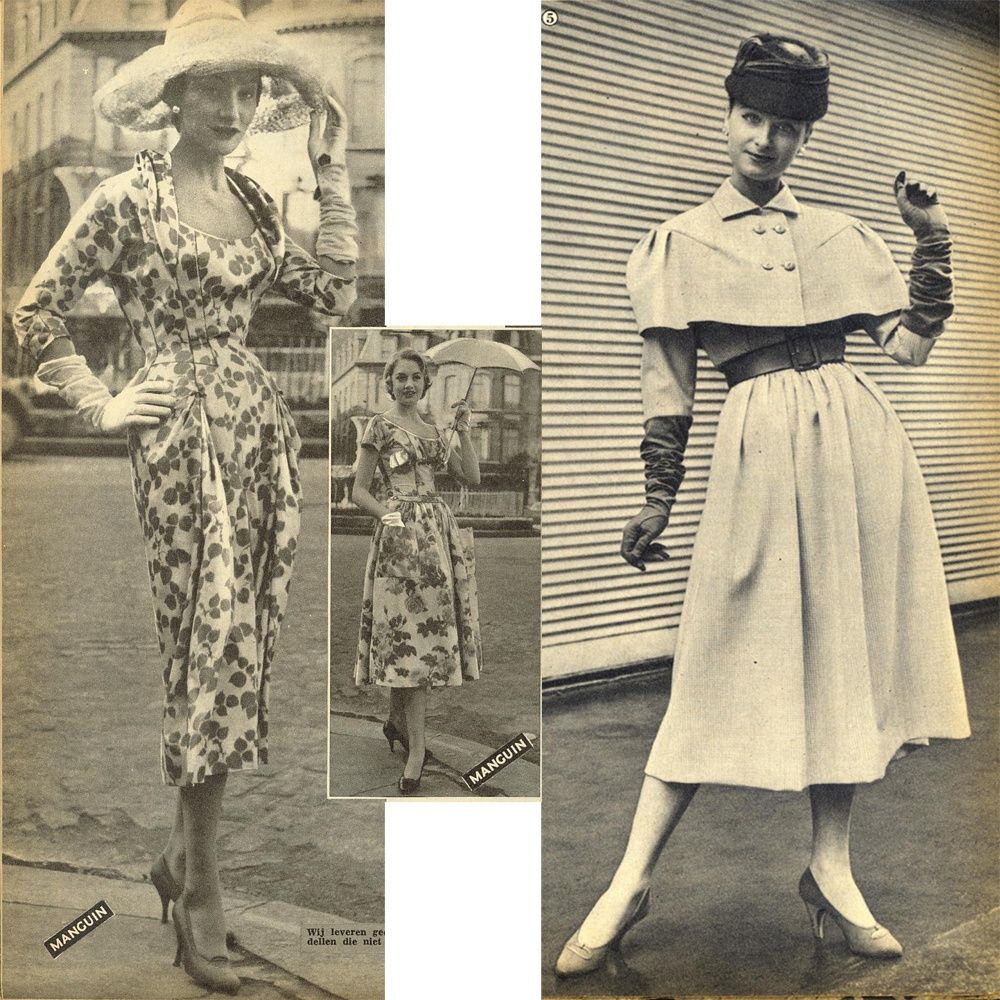
Photo by Jinterwas
There are two types of fashion photography that involve models: high fashion and editorial.
This photograph above is a “high fashion” image. This type of work requires advanced skills in lighting, model direction, styling and post-production.
As a beginner, editorial fashion photography will be an easier route for you to give it a try.
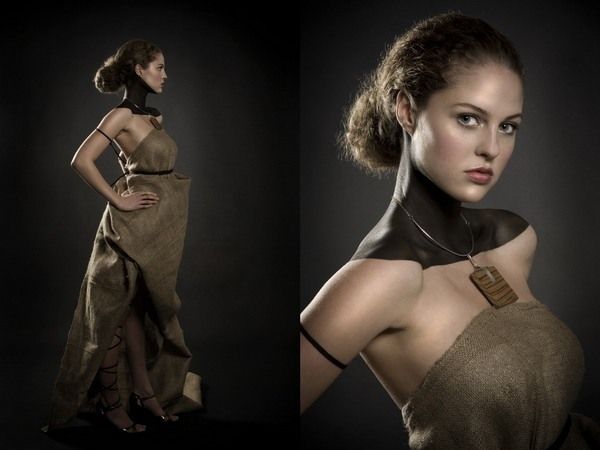
Photo by Kris Krung
You can attempt an editorial fashion shoot with nothing more than a model, a camera and some editing software. For that reason, we’re going to skew our tips toward an editorial fashion shoot.
Here are a few points to consider:
- What look are you going for: girl-next-door, gothic, sexy, etc.?
- Pick your model, clothes, cosmetics, jewelry, and hair style accordingly.
- Decide what story you want to tell. Don’t place a girl-nextdoor in a grunge location unless it tells your story. Fashion photography is about selling a fantasy. Every aspect of your photograph should be selling that fantasy as it relates to your chosen product (your story).
"You can attempt an editorial fashion shoot with nothing more than a model, a camera and some editing software."
- When you have your story, pick your location and make it fit the story. Don’t forget to ask for permission from the property owner (if it’s necessary). Nothing will derail your photo shoot faster than an uncooperative property owner. Most owners are happy to oblige. Be polite and clean up after yourself. If they agree to let you shoot at their location, ask them to sign a property release immediately.
Document Download: Here’s a sample property release form: Property release form.
- Now comes one of the most important steps – picking your model. As a beginner, you will most likely use friends. This is fine. We know a successful, professional, fashion photographer who shot nothing but her friends for the first couple of years of her career. Try to pick a model that fits your theme and pay special attention to the quality of their skin, their facial structure and body type. Someone who is pretty in person doesn’t always photograph well. When your model agrees to the shoot, have them sign a model release immediately.
Document Download: Here’s a sample model release form: Model release form
Now that you’re all set with what you’re going to do, where you’re going to do it, and who is going to model for you, let’s talk about whether you need additional help.
Will you attempt to produce this shoot alone? The team concept works exceptionally well in fashion photography as there are many details to attend to: hair, make-up, clothing, props, lighting and styling. You may also be under a time constraint.
If you’re just starting out, grab a model and go. However, if you truly have an interest in doing this type of work, begin to think about building a team. Could someone from your hair salon do the model’s hair? Could an art student from the local college style your set? Could you get your nephew to hold reflectors? Build a team and you will build success.
At a minimum, you would want your team to include a photo assistant and some type of hair/make-up person. The more creative people you bring to your shoot, the better your results will be.
You’ll be surprised at how many people will jump at the chance to participate in a fashion shoot just for the experience.
Let's Talk Equipment
- A DSLR is preferable. Fashion photography can be done with a point and shoot in the beginning, but move to a DSLR as soon as possible.
- A medium zoom lens will work best when you begin; something in the 18mm – 200mm range. At first, you may wish to acquire prime lenses which offer a shallower depth-of-field. An inexpensive prime lens you may want to consider for fashion work is the 50mm f/1.4 or equivalent.
- An external flash is a real asset. Fashion photography often incorporates direct lighting, so a lot of additional fancy lighting equipment isn’t generally necessary to get started.
- Purchase several large (at least 3 feet by 4 feet) white cards from your local art supply store to bounce light around.
- If you’re doing the make-up yourself, you’ll need your own make-up kit.
- It never hurts to include a sewing kit, an iron and ironing board, and some small spring clamps to fix and adjust clothing.
You now have the basics for getting started.
One of the best ways to learn fashion photography is to study existing images and decide what did work, and what didn’t.
Let’s do that right now!
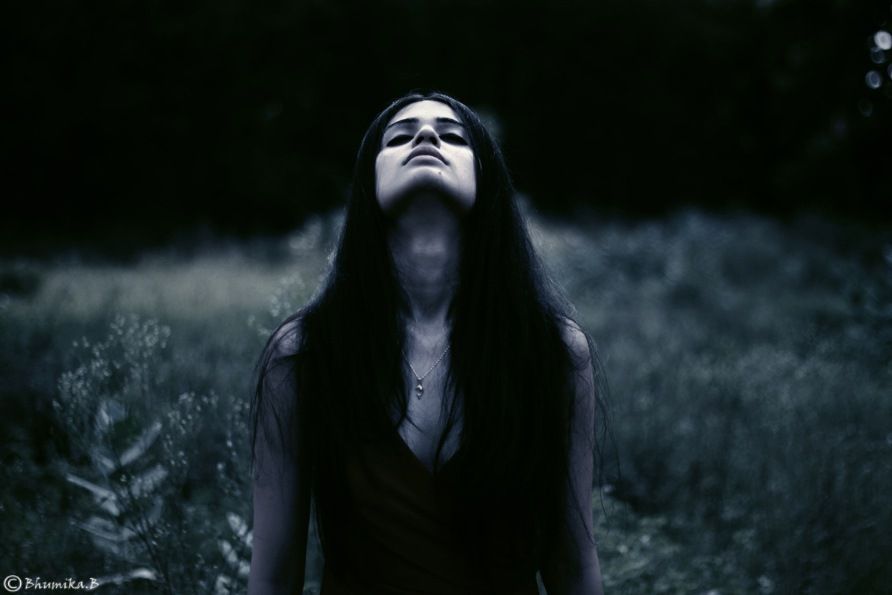
Photo by Bhumika.B
This is a portrait and not a fashion photograph (above). What is this selling? Yes, there is mood; the background is interesting. However, there is no focus on one of the five key fashion elements: clothes, shoes, accessories, cosmetics, or hair.
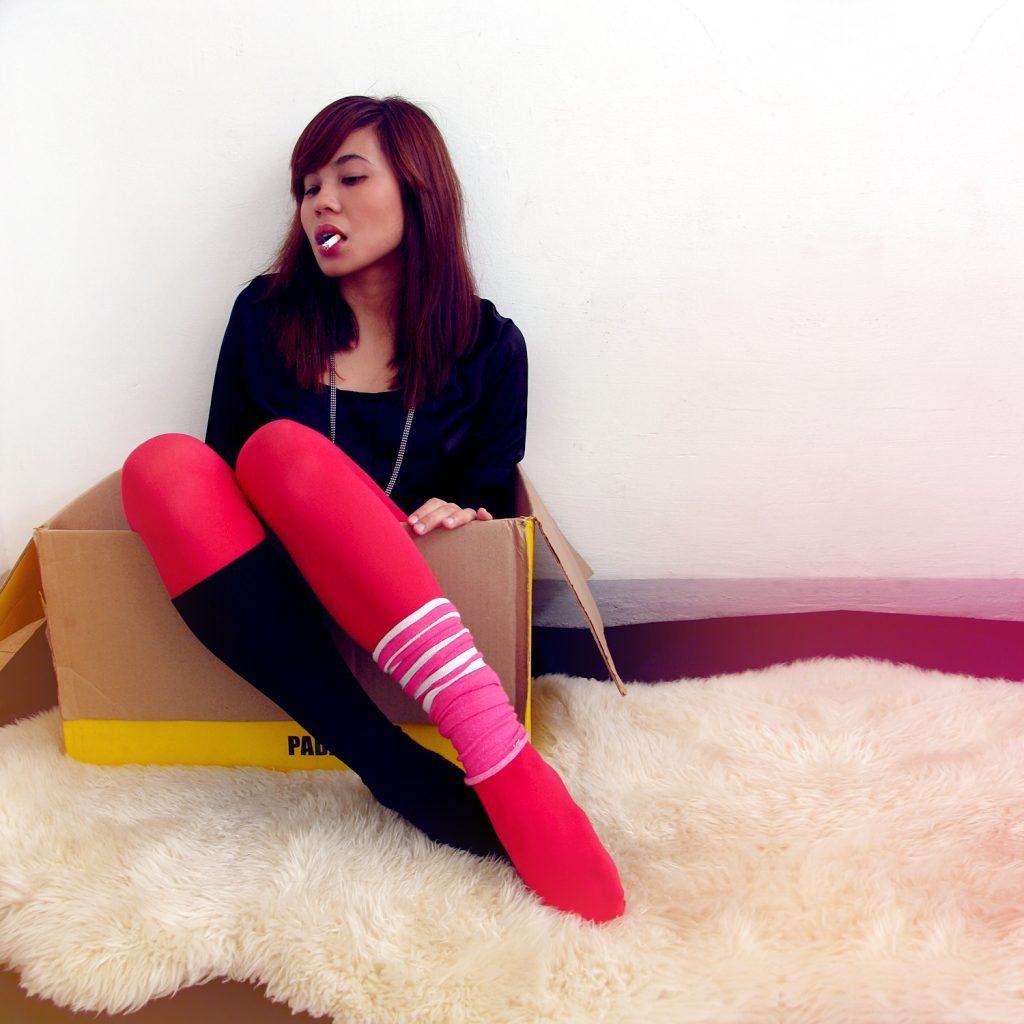
Photo by Helga Weber
What are we selling here- socks? This is a good (beginner’s) attempt at fashion. The socks are prominently displayed. The photographer made an attempt at setting up a story. However the photograph is weak on several points;the lighting is uninteresting and the background is blasé. Remember – All your elements must work together.
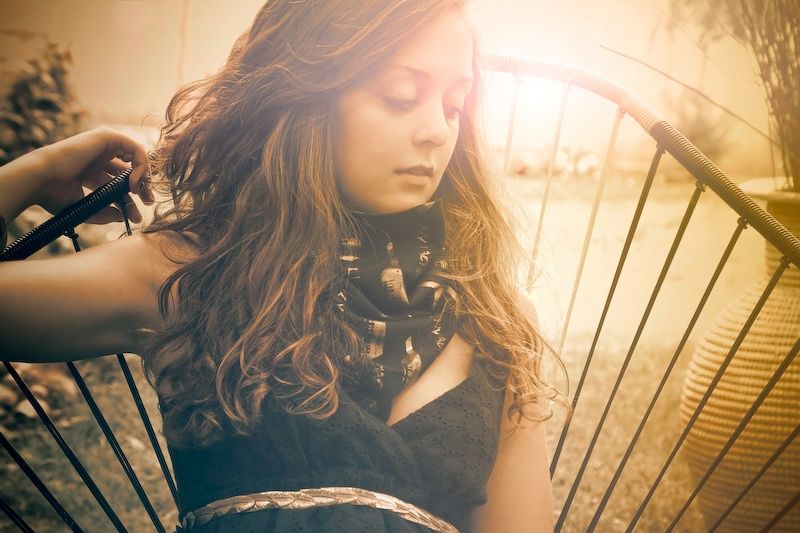
Photo by Joel Bedford
This photograph is a much better (beginner’s) fashion photograph. It hits almost all the elements; the clothing and scarf are prominently displayed,the background and lighting are interesting, and there is a story being told with the model’s expression, her setting, and the use of the chair.
Where this photograph falls short is in the post-production. Fashion is about beauty. Scan some fashion magazines, and you will notice perfect skin and bodies – no ‘sagging’ arms allowed, like this model’s right arm. Learning retouching techniques is essential to your fashion photography efforts.
"Learning retouching techniques is essential to your fashion photography efforts.."
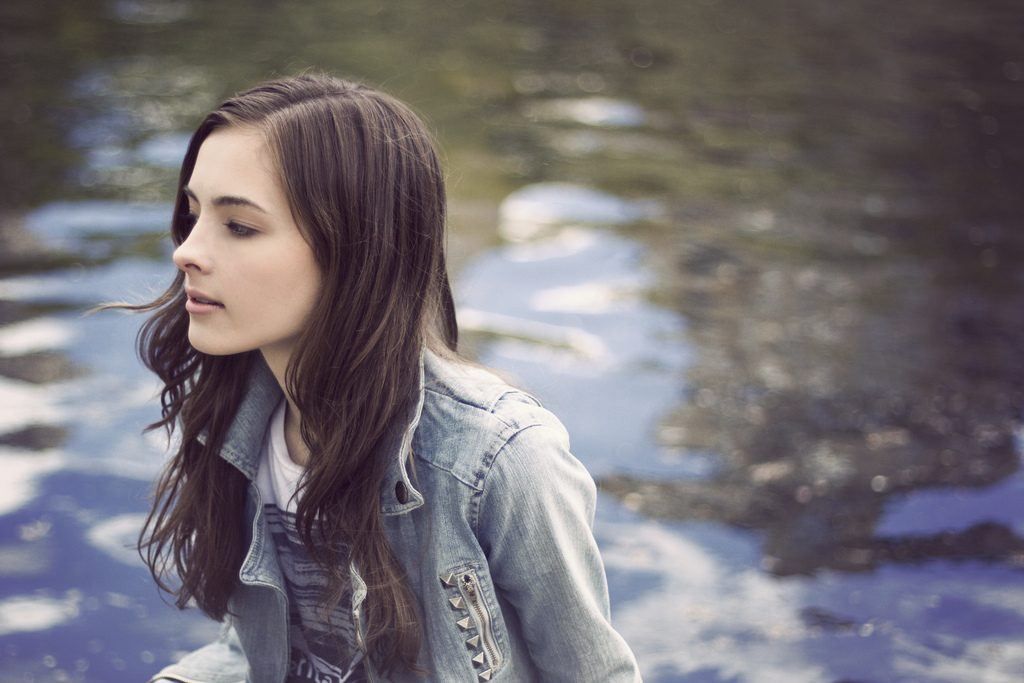
Photo by David Urbanke
As stated above, perfect skin is often a prerequisite for good fashion photography (especially for female models), and the truth is no one has perfect skin; not even professional models.
Here are some tips to smooth out skin:
- Use flat, direct lighting that comes from the direction of the camera.
- Provide a color appropriate cosmetic base to the model’s face- but apply lightly.
- Use one of the many programs available to soften skin texture we recommend Nik Software’s, “Dynamic Skin Softener”, which is part of their Color Efexpackage, but there are numerous programs, plugins, and Photoshop techniques that can give your photographs this effect.
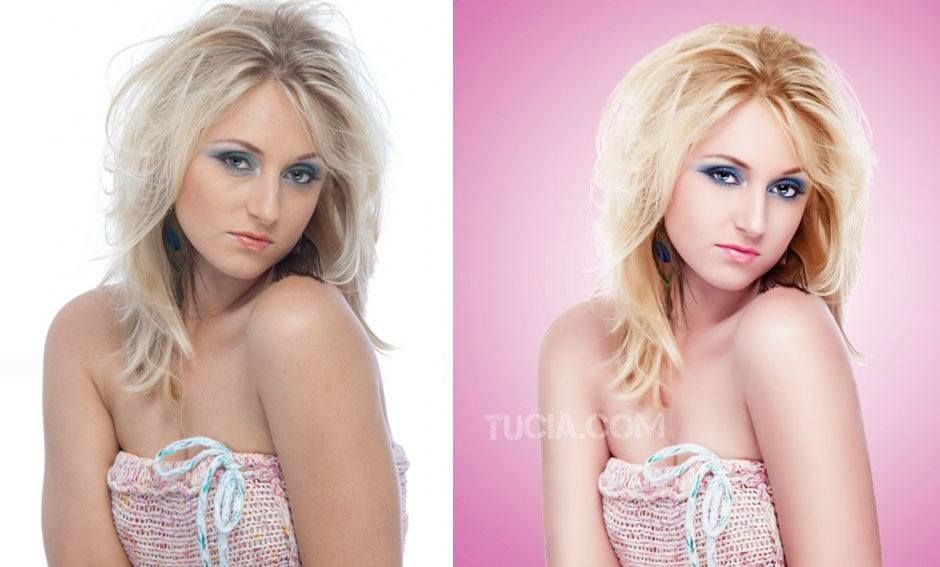
Photo by Tucia
This photograph depicts a fashion model before and after post production. As a beginner, you don’t need to go to this extreme, but we do want you to take note of the difference in the model’s skin texture and tone.
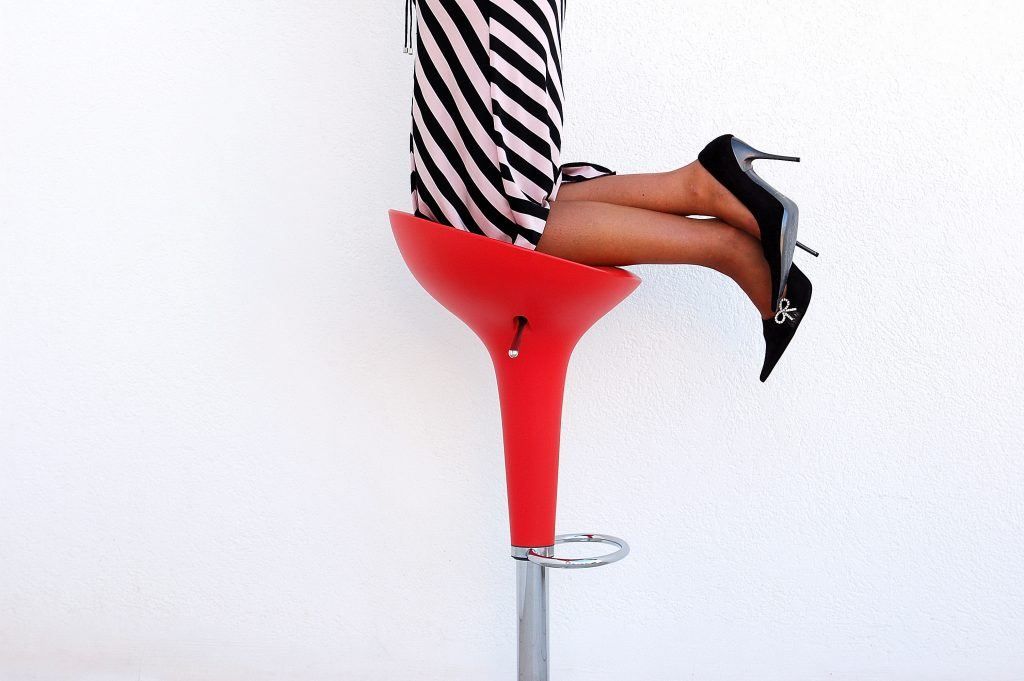
Photo by Andrea Rinaldi
This is a simple idea that sells shoes. When starting out, think simplicity, and focus on selling one fashion item.
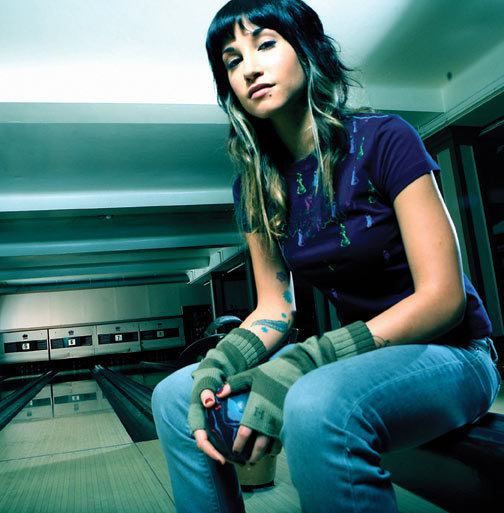
Photo by Kris Krung
Don’t overwhelm yourself. This editorial fashion photograph required little in the way of equipment. It’s a simple yet highly effective photograph that sells lifestyle, clothing, and accessories.
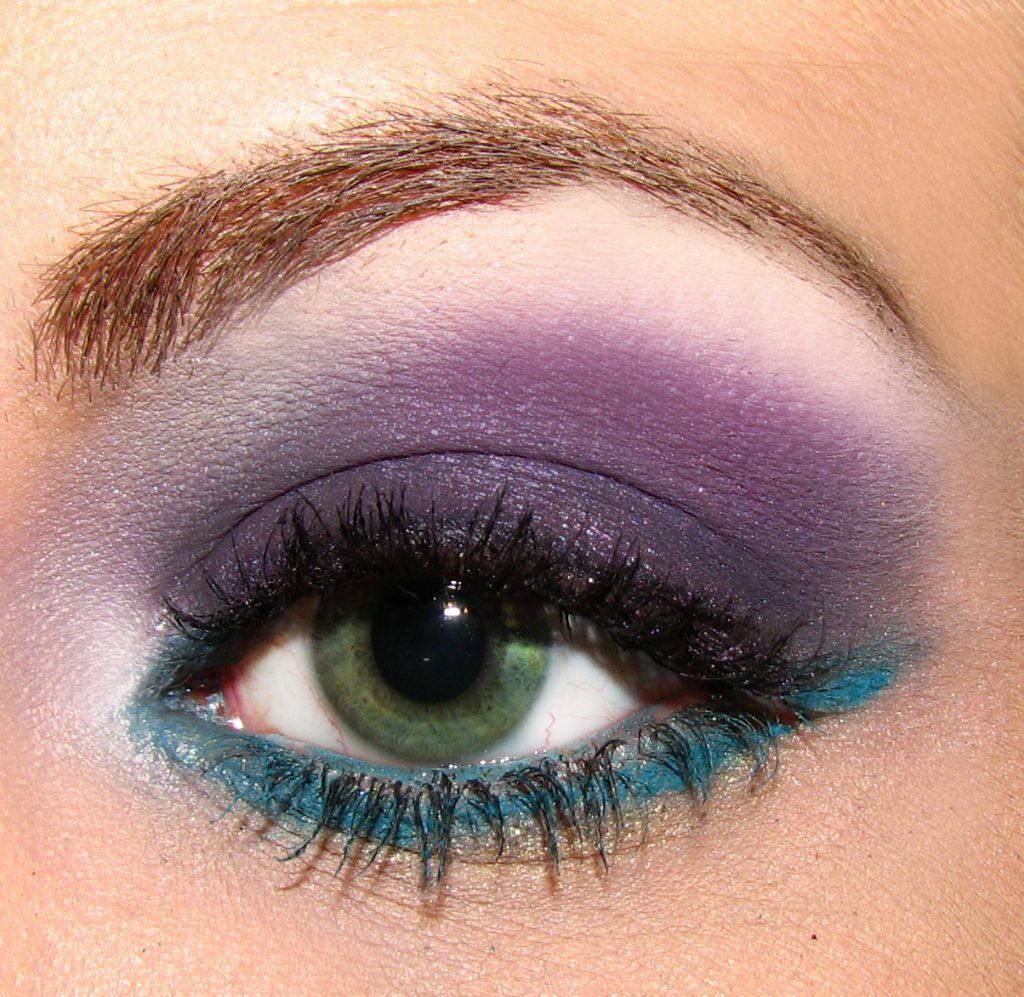
Photo by Pumpkincat210
Until you bring a make-up artist onto your team, you should study make-up techniques for fashion.
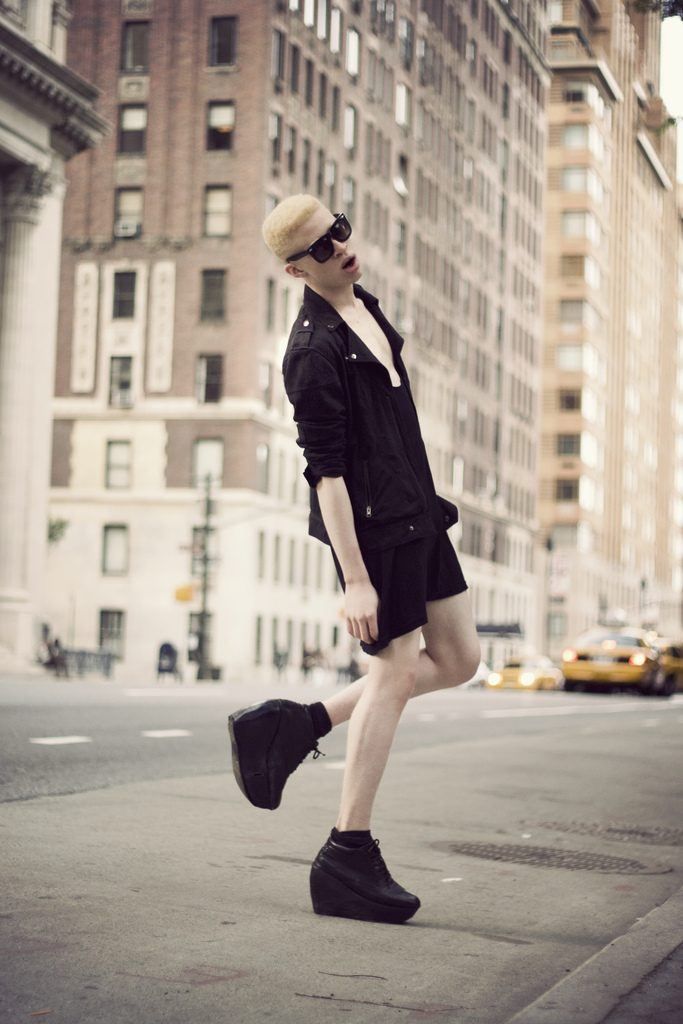
Photo by David Urbanke
In fashion photography, we often think of female models. Male models can offer a completely different, and exciting, element to your fashion photographs. They require different styling and different storytelling.
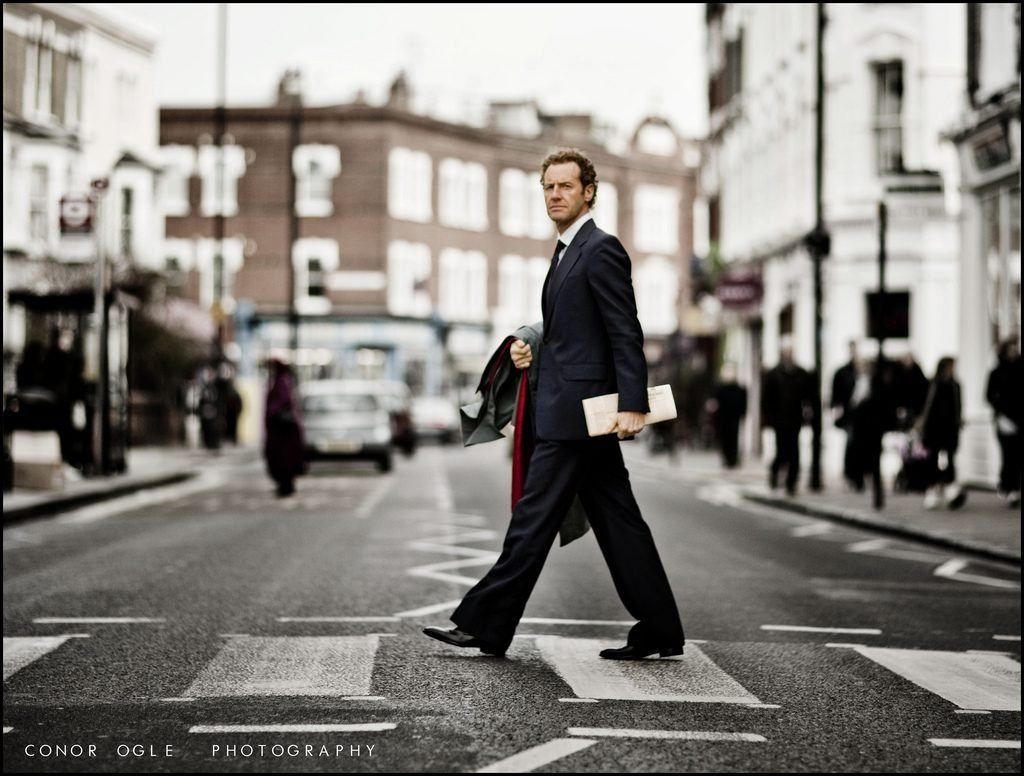
Photo by Conorwithonen
This is an excellent example of male fashion photography. It tells a story of success. It sells clothing through lifestyle. Male fashion work often has a gritty feel to it. When working with male models, it’s okay to show skin imperfections; in fact, it is often emphasized to equate masculinity.
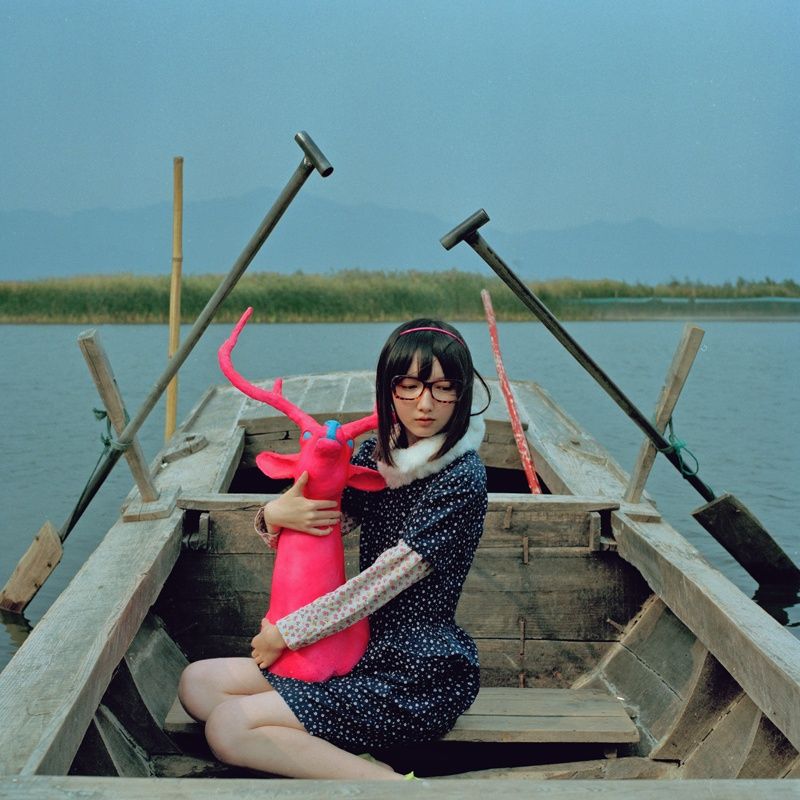
Photo by Zephyrance
When planning your photo shoot, keep in mind that you don’t want any props or background elements that detract from what you’re trying to sell. This photograph does an excellent job of styling the model , her clothes and the background, but the reindeer prop is so overwhelming in its color and shape that it defeats the purpose.
Let’s recap our pointers to get you started!
- Fashion photography is not a portrait.
- Sell something- clothes, shoes, accessories, cosmetics, or hair.
- Plan ahead.
- Assemble a team.
- Keep it simple.
- Start with an editorial look.
- Tell a story.
- Use a DSLR camera and lenses in the 18mm to 200mm range.
- Keep your lighting simple- you can start with a flash and a few bounce cards.
- Use flat frontal lighting for female models (for smooth skin), and harsh side or backlighting to add to the “gritty” effect for male models.
- Study fashion make-up techniques.
- Study and practice retouching techniques using your photo editing software.
- Get permission and releases from property owners and models.
- Make sure that everything included in your photograph supports your goal (selling a fashion item) and doesn’t overwhelm it. (Think Red Reindeer).
"You don’t want any props or background elements that detract from what you’re trying to sell.."
We hope that you feel inspired to give fashion photography a try!

